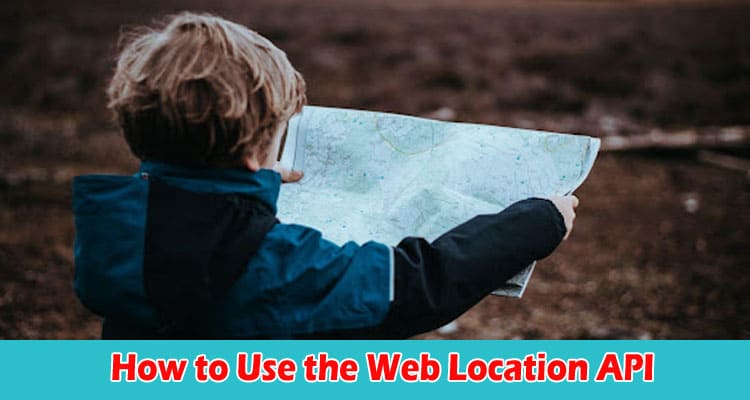
Have you ever needed a location tracker that can provide you with the most accurate location of any user? If so, the Web Location API is for you. The Web Location API, as the name suggests, is use to retrieve a user’s location. For example, you can view a user’s location using the Mapping API. However, the geolocation API can only access if you authorize sharing your location. The Geolocation API is useful in many scenarios, let’s see the details of using the Web Location API.
About Geolocation API
The Web Location API retrieves location and accuracy radius, which focuses on cell tower and Wi-Fi node information that mobile clients can locate. When websites collect information about the various geographic locations of visitors, the information serves as a very useful approach to improve the user experience.
With the help of this integration, adding multiple functions to your application becomes more convenient. For example, an organization that sells electronic goods can use the Jio API to suggest nearby showrooms where customers can visit and buy products.
Procedures for using the Places API
If you’re curious about how to use the Geolocation API, let’s first go over some details on how to use it.
Geolocation object. If the object persists, geolocation services are available. You can check geolocation API availability as follows:
if (“geolocation” in navigator) {
/* geolocation is available */
} else {
/* geolocation IS NOT available */
}
Retrieve the current position
To get the user’s current position, you can call the getCurrentPosition() method. It initiates a query to find the user’s position and also polls the positioning hardware for updated information.
If an unprecedented error occurs, you have the option of another callback function. Also, there is a third optional parameter that allows you to set the maximum age of the status returned, the time to pause for requests, and, if you want, a higher precision for the status.
Considering the current situation
If you detect a change in the state data, you can arrange a callback function with this updated state information. Include the watchPosition() function to accomplish this. Browsers use this callback feature multiple times to update the location.
When watching a position, the watchPosition() method returns an ID number that can be used to identify the viewer. To avoid location detection, this value is used with the clearwatch() method.
Tightening the answer
getCurrentPosition() and watchPosition() both accept a success callback, a mutable error callback, and an optional Option object. This object allows you to specify the high precision, maximum age for the retrieved location value, and whether or not to specify how long the browser should store location data before timing out.
Define the situation
The user’s location is represented using a GeolocationPosition object instance that contains a GeolocationCoordinates object instance.
A GeolocationPosition instance has two elements: a Coords property, which contains a GeolocationCoordinates instance, and a TimeStamp property, which contains a timestamp. The Geolocation coordinates instance has several properties, but the two most commonly used are longitude and latitude.
Error handling
If you try the error callback function while calling getCurrentPosition() or watchPosition(), expect the first request to be a GeolocationPositionError object instance.
Conclusion
You Read This Article On Examviews.com where You can Get All the Latest Updates, News, and Reviews.
